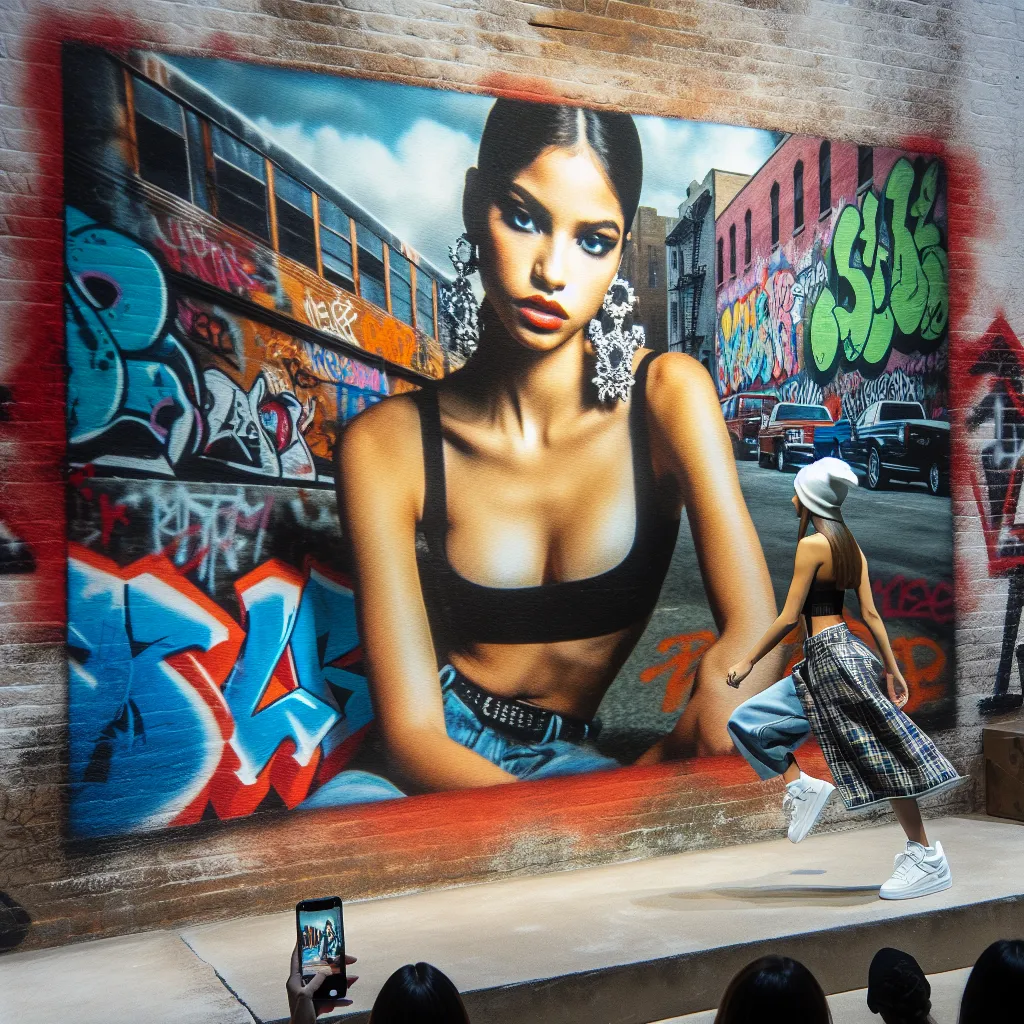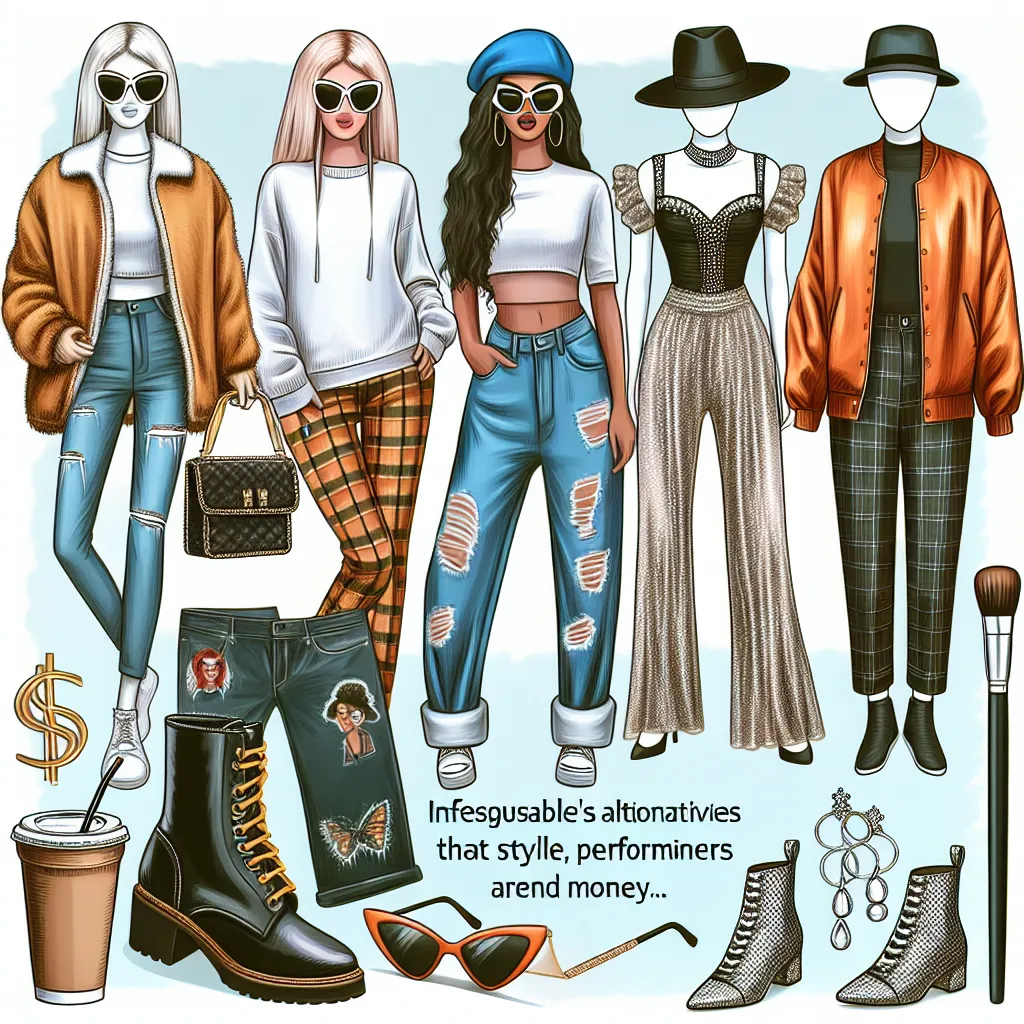The Evolution of Streetwear in High Fashion
Streetwear has significantly influenced the world of high fashion, resulting in a notable evolution of the incorporation of streetwear elements into high-end designs. The evolution of streetwear in high fashion can be traced back to the late 20th century when urban fashion began to emerge as a reflection of youth culture and street style. Initially, streetwear was associated with casual, comfortable clothing worn by youth subcultures, but it has since evolved to become a major influence in the high fashion industry.
As streetwear gained popularity and credibility, luxury fashion houses and high-end designers recognized the appeal of incorporating streetwear elements into their collections. This evolution resulted in a fusion of streetwear aesthetics with high fashion sensibilities, giving rise to a new wave of innovative and unconventional designs. The once clear distinction between streetwear and high fashion has become increasingly blurred, with streetwear elements such as hoodies, graphic tees, and sneakers being reimagined and elevated by luxury brands.
The evolution of streetwear in high fashion has also been propelled by collaborations between streetwear labels and high-end fashion houses, further blurring the lines between the two realms. These collaborations have not only introduced streetwear aesthetics to high fashion audiences but have also contributed to the democratization of luxury fashion, making it more accessible and appealing to a younger, streetwear-influenced demographic.
Today, the evolution of streetwear in high fashion continues to unfold, with designers constantly reinterpreting and integrating streetwear elements into their couture creations. This ongoing evolution serves as a testament to the enduring impact of streetwear on the high fashion landscape, shaping the industry and appealing to a new generation of fashion enthusiasts.
The Impact of Street Culture on Luxury Brands
Streetwear has undeniably made a significant impact on the world of high fashion, with the influence of street culture being increasingly apparent in the collections of luxury brands. The rise of streetwear has redefined the traditional notions of luxury and exclusivity, leading to a shift in the way high-end fashion is perceived and consumed.
One of the key aspects of this influence is the way in which luxury brands have incorporated elements of street culture into their designs. From graphic t-shirts and hoodies to sneakers and caps, these items have become staples in the collections of renowned fashion houses. The integration of streetwear elements has allowed luxury brands to connect with a younger, more diverse demographic, expanding their reach and relevance in today’s market.
Furthermore, the impact of street culture on luxury brands is evident in the way that collaborations between high fashion labels and streetwear pioneers have become increasingly common. These partnerships not only bring together the creative forces of both worlds but also serve as a bridge between the often disparate realms of street and luxury fashion, blurring the lines and creating a new, hybrid aesthetic.
Moreover, the influence of street culture has prompted luxury brands to adopt a more casual and relaxed approach to their designs, with an emphasis on comfort, functionality, and self-expression. This departure from traditional formal attire has opened up new possibilities for luxury labels, allowing them to cater to a modern consumer base that values individuality and authenticity.
In conclusion, the impact of street culture on luxury brands has been profound, reshaping the landscape of high fashion and challenging established conventions. As the boundaries between streetwear and high fashion continue to blur, it is clear that the influence of street culture will remain a driving force in shaping the future of luxury brands.



